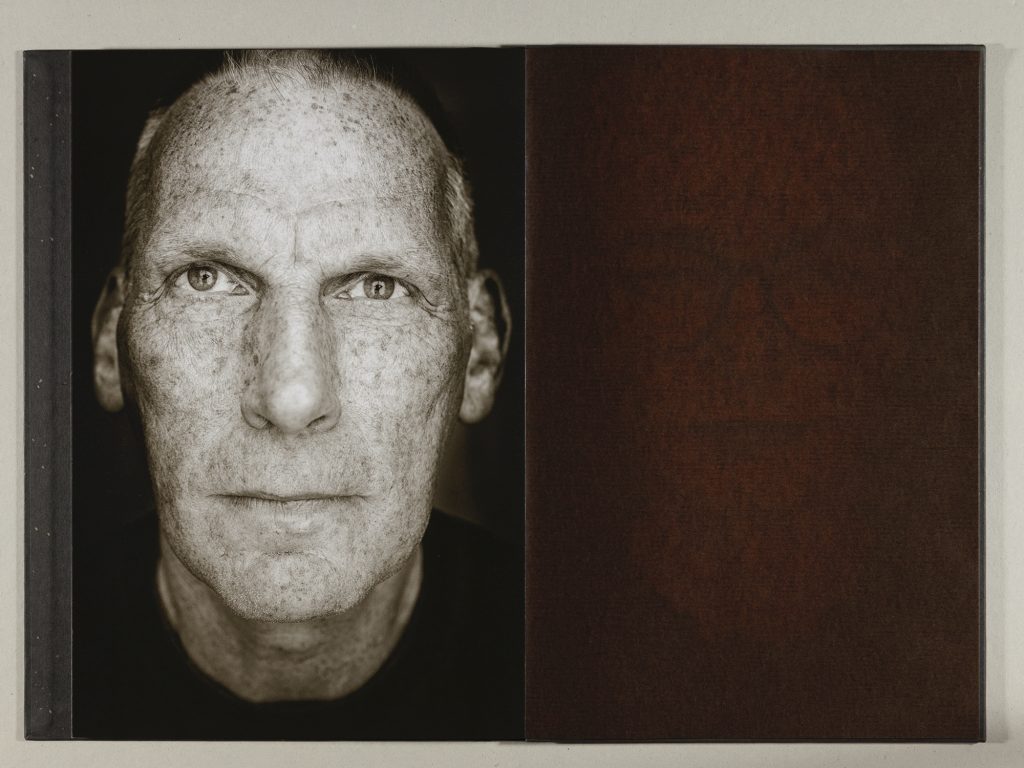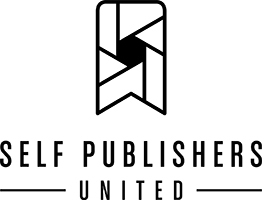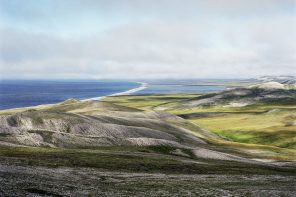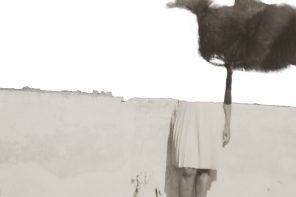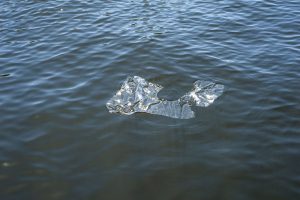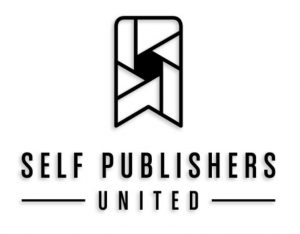My book must have a special place with those who buy it. It has become a collector’s item. Not caught in a time but having no external references, timeless but special.
I enjoyed every step of making the book. The contact with the models. With each model, it was a challenge to find how to get them in the right state of mind. Mostly because I portrayed them with my camera within a distance of less than 50 centimeters and I immediately found myself in their comfort zone.
Also, the process of designing and helping to bind the book were wonderful experiences and made the book that much more special to me.
My book can be purchased on my website:
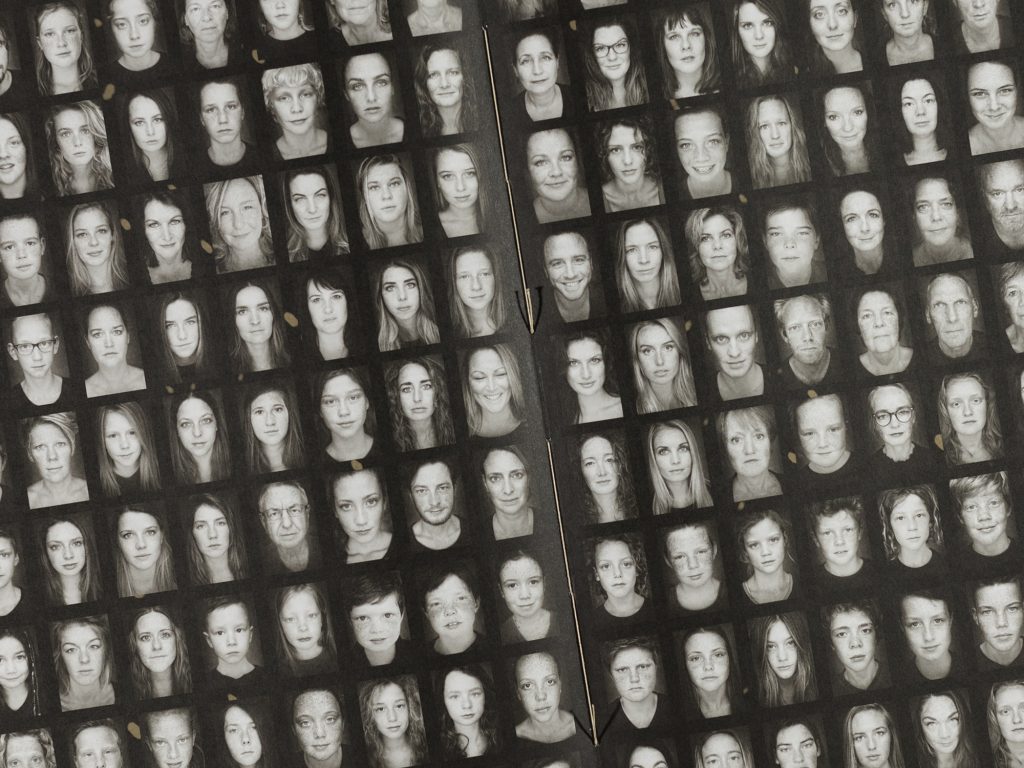
Can you find 3 words that describe what your book is about?
Portraits, Freckles, Fascination.
What was the motivation behind this project?
The motivation behind this project is three-fold. Firstly, my fascination for freckles. Secondly, I felt ready for a project that diverged from my usual style in the studio. My aim was a project that was accessible to a large audience and easily exhibitable. Three things came together. Seventeen portraits for exhibitions, postcards and the book that is in itself an artwork and is clearly meant for lovers of special books.
Why did you decide to give this project the shape of a book?
A book because it is an honor for every artist to have a book from their work. I didn’t just want to make ‘a book’, -it had to be a special book, not directly intended for a large audience and also not for the bookcase. My book must have a special place with those who buy it. It has become a collector’s item. Not caught in a time but having no external references, timeless but special!
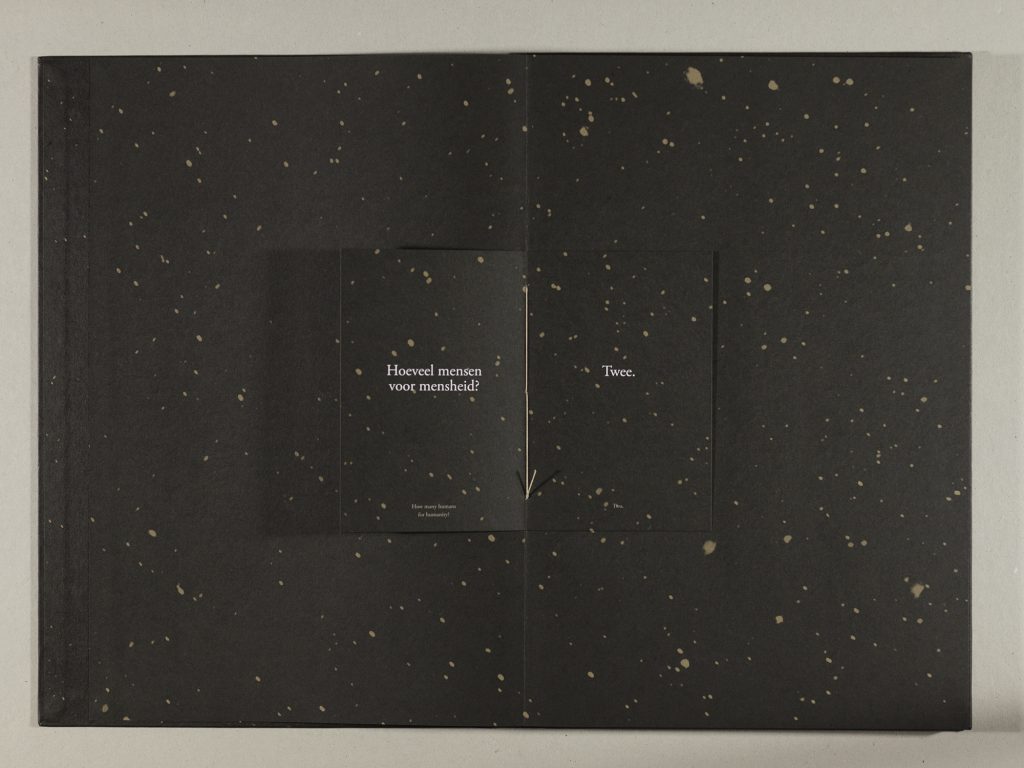
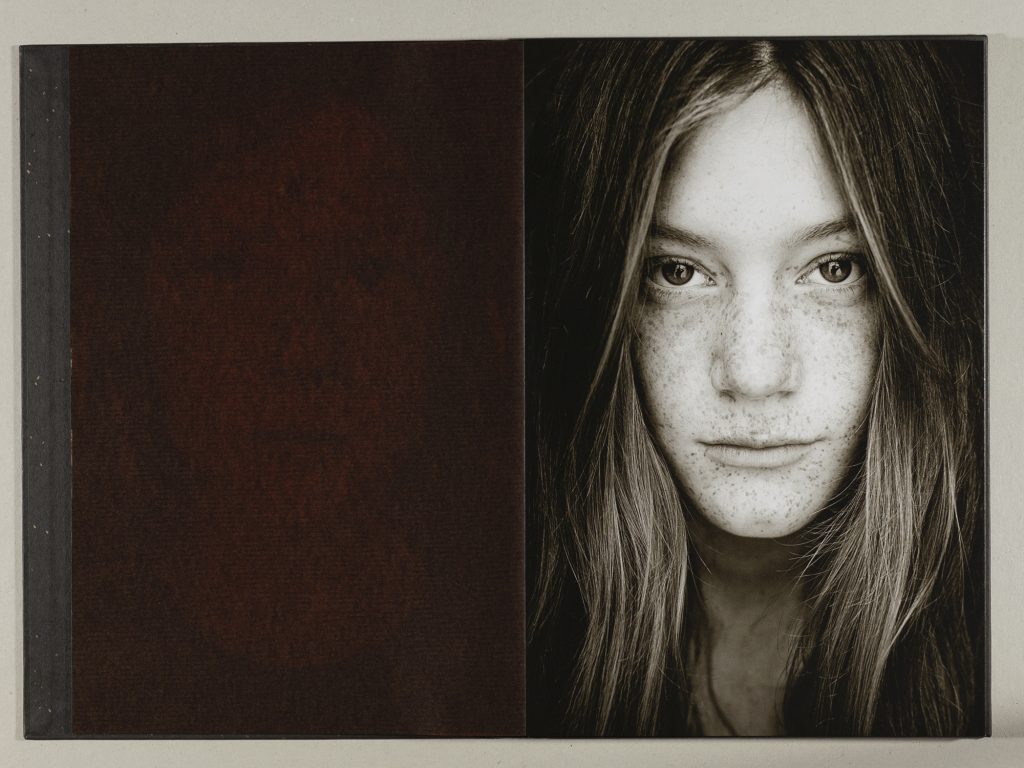
Can you say something about the editing of your book?
No, I certainly didn’t work alone. When I was well over halfway portraying my models, I contacted designer Sybren Kuiper. Sybren was recommended to me by bookbinder Wytze Fopma. Wytze once made a beautiful portfolio box for me, and it was clear to me from the start that Wytze would bind my book. I went to Sybren with my portraits and after trying a few things it soon became clear how the shape of the book should be. I did the image editing myself and after the form that the book took and the different types of paper became finalized, Wytze made it technically possible. Later lithographer Sebastiaan Hanekroot came onboard. Sebastiaan did a fantastic job converting my digital images into the correct color processing for printed matter. Of course, you want your photogrpahs to look almost the same on printed matter, right ?! For writing the text I approached Gitte Brugmann. Jantine van der Knaap & Fidelma Kavanagh translated the text into English. Jos Morree supported the printing and found the right printer with the right printing press for this book. Eventually, the printed pages were brought to Wytze where I helped as much as possible with binding the book.
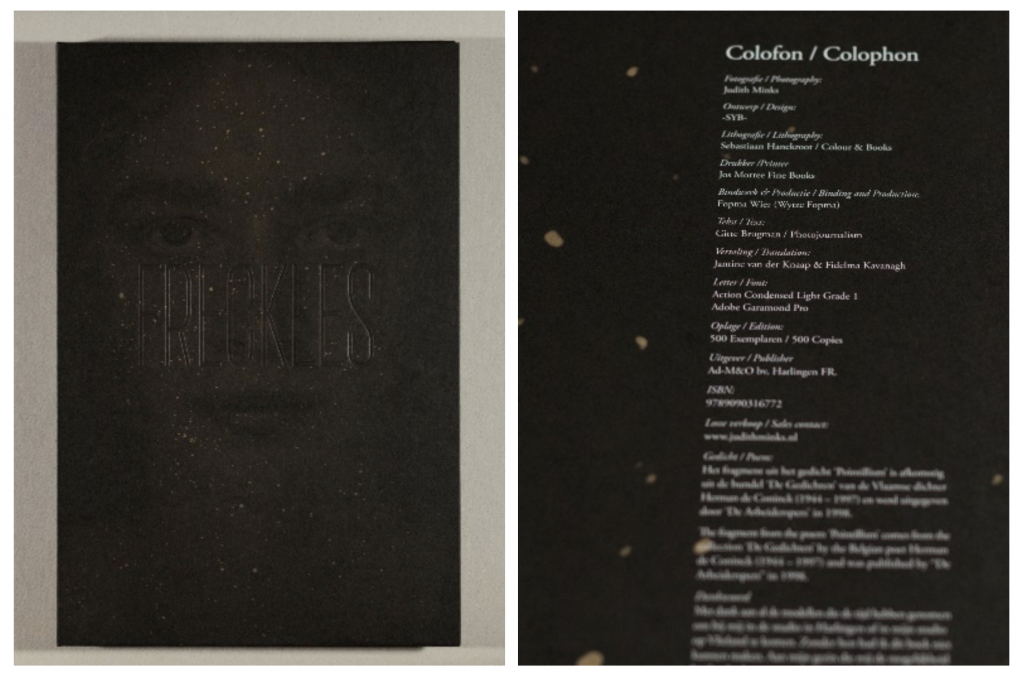
Can you name a technical detail that was of particular importance for the realization of the end product?
The great thing about this book is that it consists of different types of paper. Front and back consists of a slightly thicker and matte paper on which the portraits are printed. The front and back are tied with a beautiful cahier stitch. The portraits are separated from each other by intermediate sheets, which consist of toned glassine paper. The paper is slightly transparent so that the contours of the next portrait are already visible and in this way the curiosity is encouraged to turn the page so that the next portrait becomes visible. The crackling sound of this glassine paper gives an extra dimension to the experience.
